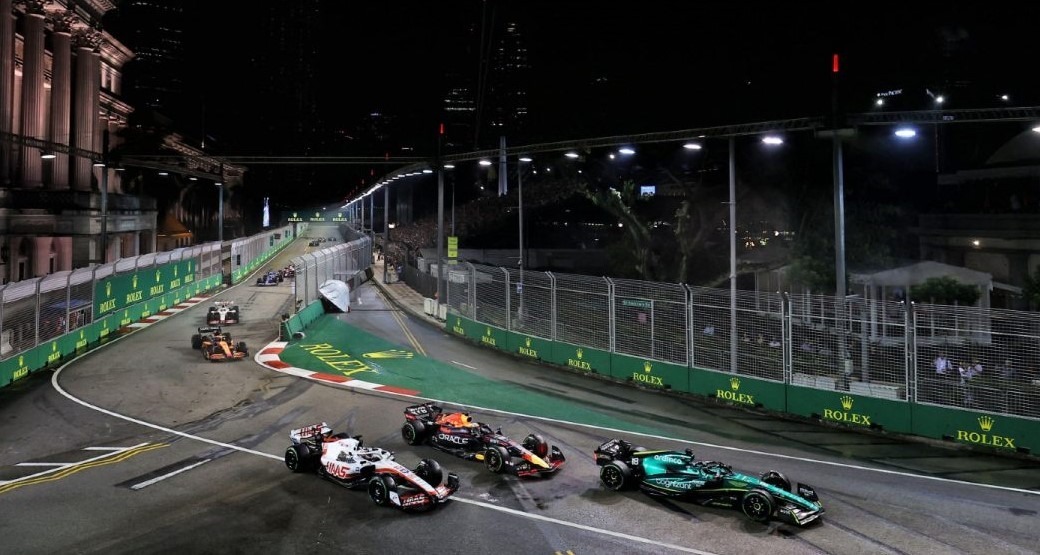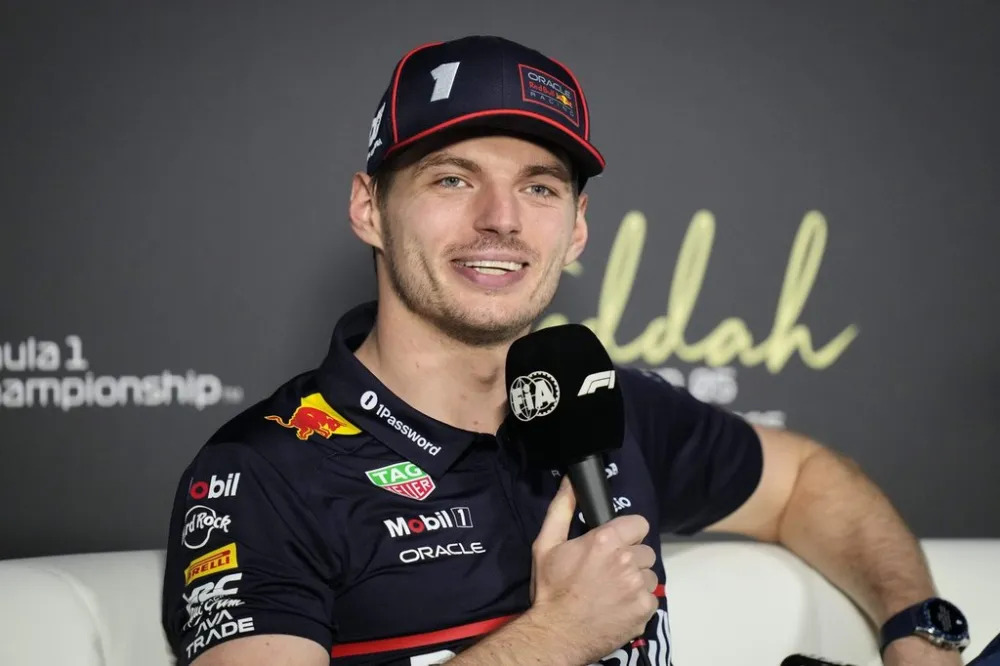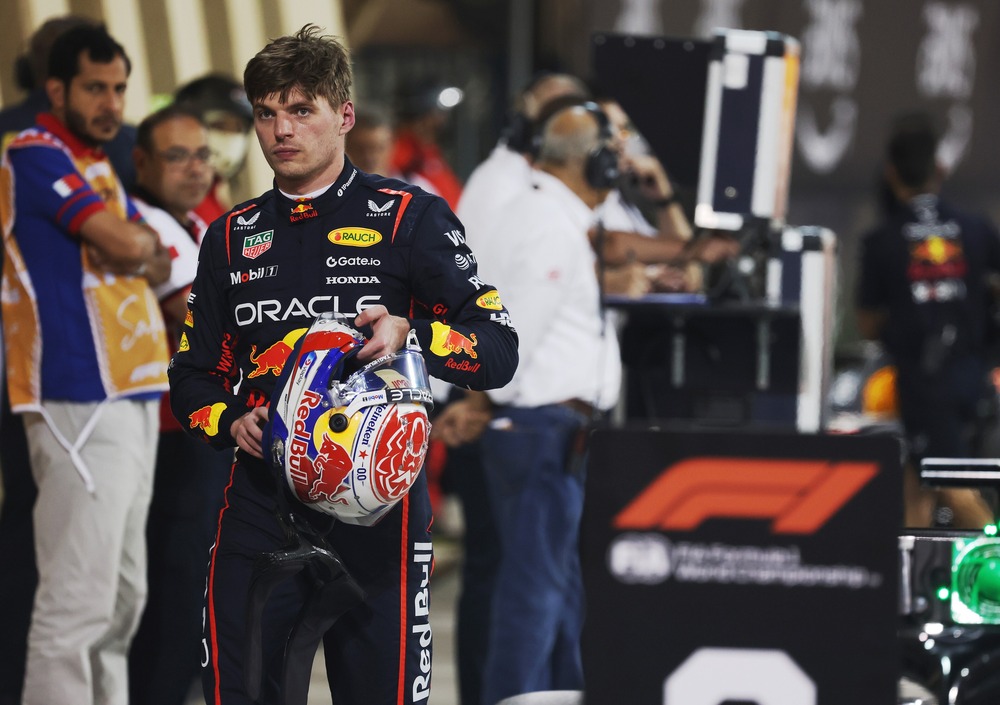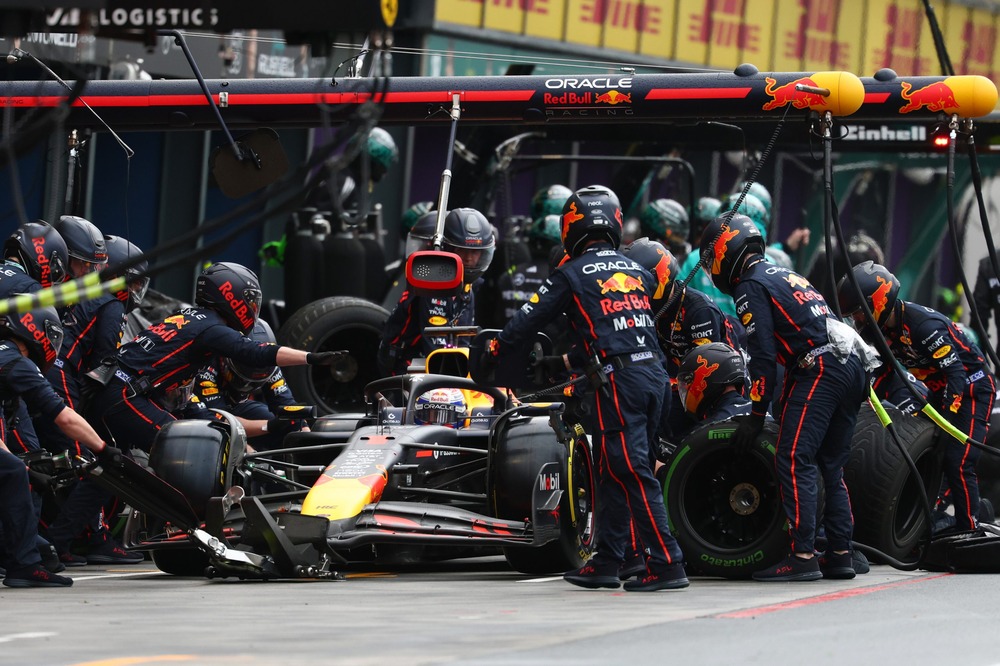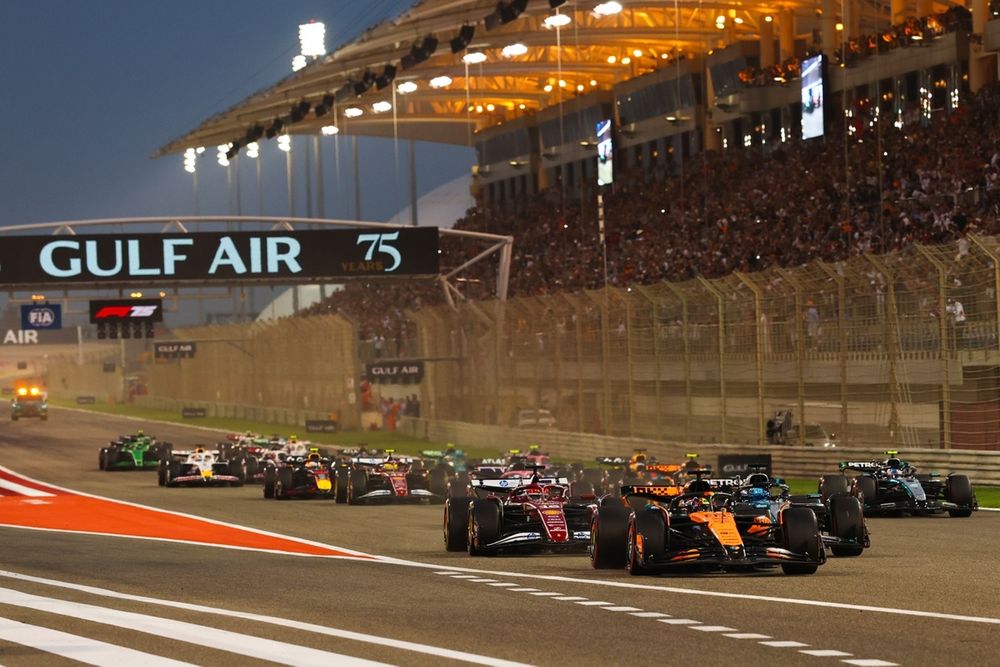The track configuration of the Marina Bay Street Circuit, which hosts the Singapore Grand Prix, will undergo major changes in 2023.
There will no longer be four corners on the circuit, reducing the number of turns from 23 to 19. The previous portion of the track configuration from Turns 16 to 19 won’t be usable next year due to construction on The Float area at Marina Bay’s conversion into a new entertainment and stage area.
This is the part of the track that is most notable for being the site of Nelson Piquet Jr.’s premeditated crash in 2008, which assisted teammate Fernando Alonso in winning the grand prix that year.
The track will be completely cut off in front of the renowned grandstand when construction on what would become ‘NS Square’ starts in March next year.
The planned work is anticipated to be completed by the end of 2026, although the improvements to the F1 track will take effect right away.
Instead, the circuit will now have a flat stretch starting at Turn 14, which will include a new 379.3-meter-long straight leading to the brand-new, tight Turn 16. According to early simulations of the track modifications, the lap time will drastically decrease to 1m27.7 seconds.
Charles Leclerc secured the pole position at the 2022 Singapore Grand Prix with a lap time of 1m49.412s. Although practice timings had been more than five seconds per lap faster in the dry, the track had started out damp, making qualifying conditions less than ideal.
The number of laps for the race will increase from its current 61 to 63 as a result of the adjustments, which would shorten the track’s length to 4.928 kilometers.
The FIA’s world motor sport council must still formally approve the adjustments, even though they have been worked out with local architects and have F1’s consent in principle.
Upon completion of the new NS Square area, it is projected that the track will return to its conventional configuration by 2024. Since the first F1 race in Singapore in 2008 – the first ever night race in the history of the sport—the city has hosted the annual competition ever since.
The Singapore Grand Prix has previously experienced track configuration revisions as the infamous “Singapore Sling” was removed from the circuit before the 2013 race,
F1 made its first trip back to Singapore since 2019 earlier this month after the Covid-19 pandemic forced the cancellation of the previous two races. Despite the race lasting longer than the allowed two hours, Sergio Perez defeated Charles Leclerc to win his second race of the year.

